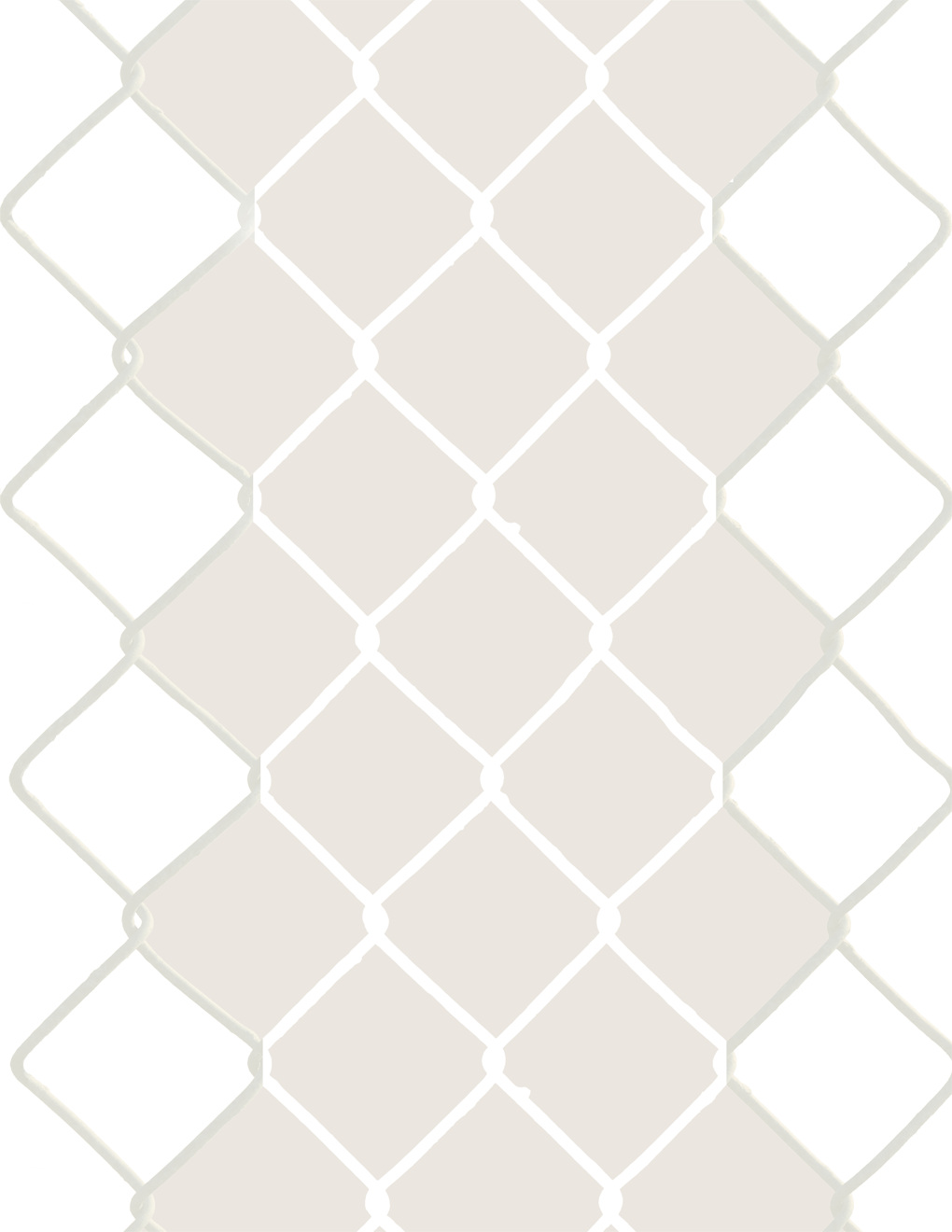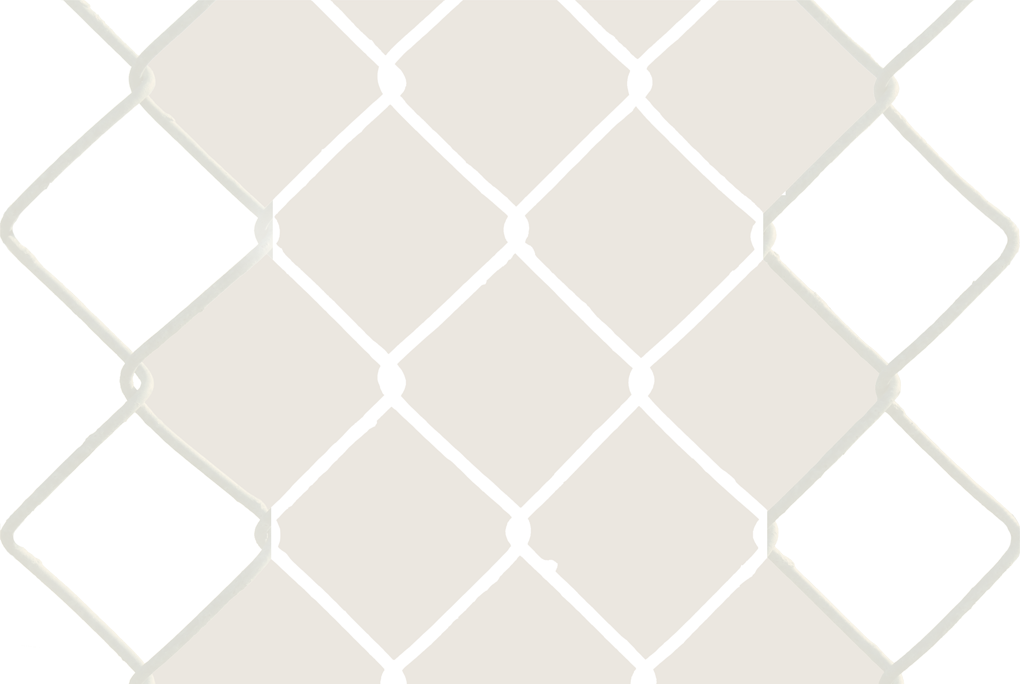Dear infinite mile reader,
Thank you for reading infinite mile during these last three years. When the infinite mile co-founding editors, stephen garrett dewyer and Jennifer Junkermeier, launched infinite mile in December 2013, almost no publications focused on art in Detroit and fewer with the express purpose of covering art and cultures in Detroit from Detroit. After three years of publishing infinite mile, the need for local media coverage and analysis of art and cultures appears far greater than when we started. While infinite mile maintained a brisk pace of publishing monthly issues online with quality always a prerogative, we are left with more critical issues left unpublished than realized three years ago. Yet, unfortunately, we have to say goodbye to our publishing duties as the infinite mile editors part ways to start different projects.
beginnings
infinite mile started with no seed money and accomplished an incredibly rigorous agenda to support art and cultures in Detroit from Detroit by fostering critical discourse. Neither of the co-founding editors had any experience running a journal prior to infinite mile and saw a need and desire for conversations to happen in a publication to critically inflect on the art and cultural happenings in Detroit.
There was no call for a journal of art and cultures in Detroit. Indeed, some in the establishment believed the quantity of art in Detroit did not warrant additional writing on local artists and shows.1 We at infinite mile clearly disagreed and set forth on publishing a journal of art and cultures in one of the poorest cities in the United States, which, at the time, was undergoing the largest municipal bankruptcy in United States history.
Prior to infinite mile, much art activity happened in Detroit that would lead to a slow murmur beyond its immediate confines, often resulting in affectations between shows and performances to go unnoticed. There were writers in Detroit, many of whom became contributors, but no publications as part of a collective. Shows would happen, people would drink wine, but no one would talk in a public record about the underlying conditions for the art.
The affectation was a silencing of the critical dissonance to the global art market in Detroit under global capital. Occasionally, national and international art publications would cover a specific art event in Detroit, but the categorization of the Detroit scene reproduced many of the same stereotypes we all know about Detroit.
This is not to say the infinite mile co-founding editors had no professional acumen. dewyer, an artist and part-time professor of art, exhibited a couple solo shows in Detroit, received an M.F.A. from Yale University in 2011 and became involved in political organizing. Junkermeier, an independent curator and arts administrator with experience working in galleries from New York City, relocated to Detroit in 2012. However, founding a journal of art and cultures was not the traditional career path of the infinite mile co-founders, but proved inciting for both their work.
developments
infinite mile launched in December 2013 and received critical acclaim from the start. Many of the contributors represented old and new persons from the Detroit arts and cultural community. Article topics ranged from urban blight, Detroit, politics, race, gentrification, globalization, art reviews and artist projects to name a few. From the first issue, however, maintaining a critical edge would face challenges, especially because infinite mile saw as its mission to support critical discourse regardless the power held by the object of critique and the sheer scale of the objects warranting critique.
Despite a somewhat indifferent reception from local art institutions, the organization developed a growing readership and fortitude. Contributors grew in number and caliber, the editorial team expanded to include Associate Editor Ryan Harte, and strategic partnerships dedicated attention and in-depth analysis to difficult, pertinent issues.
infinite mile set a number of safeguards to maintain a critical edge. One such safeguard was to avoid conflicts of interest when possible. For instance, infinite mile maintained independence from art and cultural institutions in Detroit, which allowed infinite mile to critique such institutions without fear of reprimand and/or reprisals. In addition, the editors of infinite mile would abstain from editing articles where a potential conflict of interest might appear between the editor and contributor. While the safeguards would not work 100 percent of the time, they did allow infinite mile to maintain a far greater critical edge than some national publications in some instances.2
Funding of infinite mile would come from multiple sources, including grants, partnerships and infinite mile annual anthology sales. infinite mile received grants from the Awesome Foundation, Knight Foundation and Michigan Council for Arts and Cultural Affairs, which comprised the majority of revenue received by infinite mile. The grants helped infinite mile gain visibility and buy time in order to search for sustainable revenue sources.
The journal’s editors worked multiple jobs to sustain infinite mile’s operations, which quickly became full-time occupations. Most of the revenue received by infinite mile went towards paying contributors. The editors are very proud to have been able to pay contributors for their work, albeit nominal in most cases. Too often artists and writers go unpaid or grossly underpaid by more established and wealthier institutions.
To cover topics beyond the scope of single articles or artist projects, infinite mile partnered with the University of Michigan Stamps School of Art & Design to organize two series and a conference. The first series focused on art and gentrification and the second series focused on art and race with a conference on the same topics.
Free from some of the constraints of the art market and yet comprised mostly by artists, infinite mile discussed some of the more difficult topics facing art and cultures in and outside of Detroit. Almost all of the infinite mile contributors spent a significant amount of time in Detroit, a qualification meant to give representation to the diversity and nuance of the city that can only come from living in the area for some period of time.
responses
Faced with a terminal revenue stream almost exclusively from grants, infinite mile sought alternate ways of raising revenue, but, unfortunately, was unable to raise the revenue necessary to sustain its operations or grow. One proposed response was to become a 501(c)(3), which would allow infinite mile to possibly receive grants from federal and state agencies in addition to a number of private foundations. Another proposed response was to raise revenue from sales of advertising space. Neither proposal would work.
conclusions
A critical error in infinite mile’s operations was the failure to pursue smaller donors who would diversify the journal’s revenue stream and more adequately represent the communities infinite mile sought to represent among its supporters. Funding from infinite mile’s readers would have been the more direct source of revenue to infinite mile’s constituency (the public) and given infinite mile increased critical capacity. While free public access to infinite mile’s issues remains vital to the journal’s mission, reader support could have been pursued without compromising infinite mile’s public hallmark and given the journal greater capacity for growth and sustainability.
infinite mile sought to provide critical discourse on art and cultures in Detroit from Detroit. infinite mile became a publication in which the art and cultural communities from Detroit could discuss the terms for their art and cultures in order to re-imagine the public in our art and cultures. Over three years, infinite mile published 94 essays and interviews, 51 artist projects, 26 reviews, 27 works of fiction or poetry, involving 78 contributors. We are convinced, now more than ever, that a similar mission to reimagine the public through critical discourse is necessary for democracy in and outside of art.
infinite mile will maintain an online archive, available free to the public, of all the work created. In addition, print editions anthologizing the published works are collected by individuals and university libraries.
Thank you for joining us in this endeavor and the sustained support you provided throughout the project.
footnotes
1 In response to a proposal to start an art magazine in Detroit in March of 2013, a local Art History Department Chair and Professor as well as contributor to Artforum wrote, “[r]eading your proposal, I have to say that I disagree with it. The amount of writing on local artists and shows seems proportional to the quantity of art created in the area.”
2 Williams, Alex. “Shinola Takes Its ‘Detroit Cool’ Message on the Road”. The New York Times, 6 January 2016. http://www.nytimes.com/2016/01/07/fashion/shinola-watches-bicycles-leather-goods-expansion.html |




